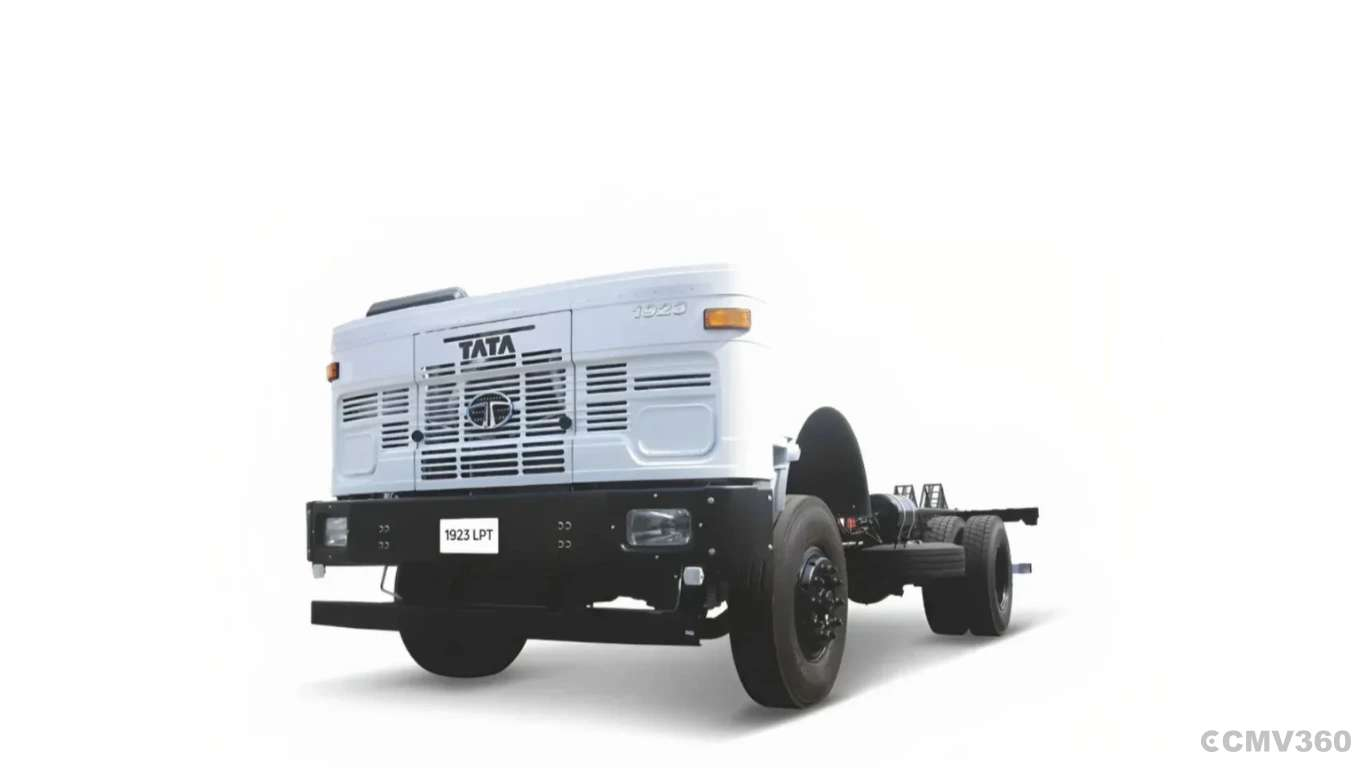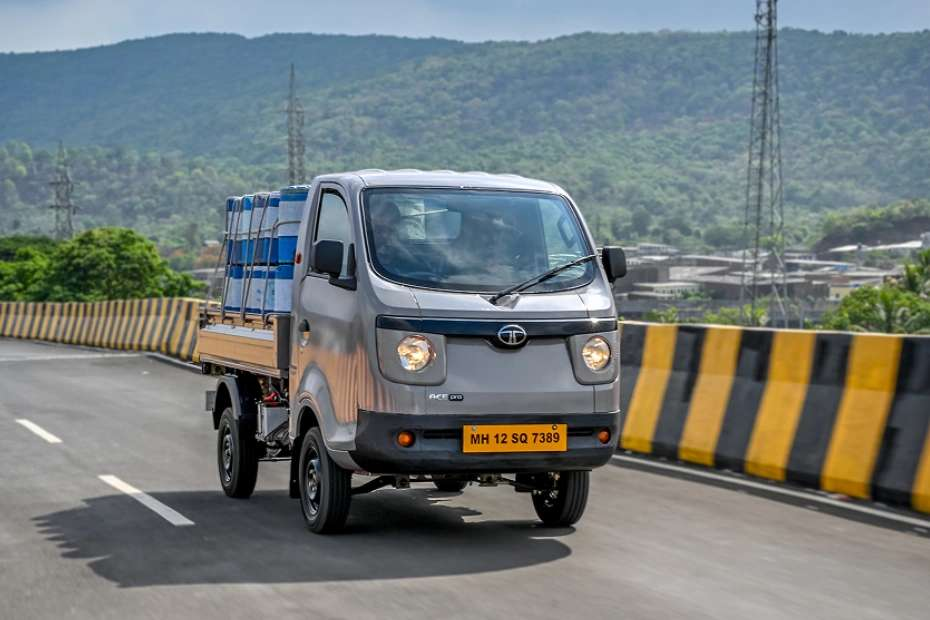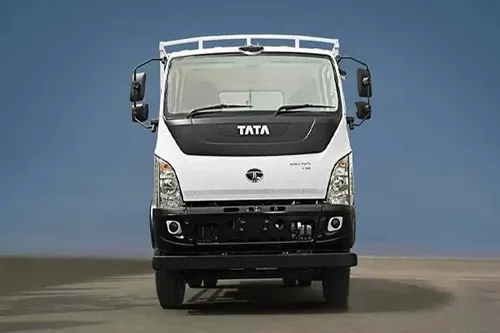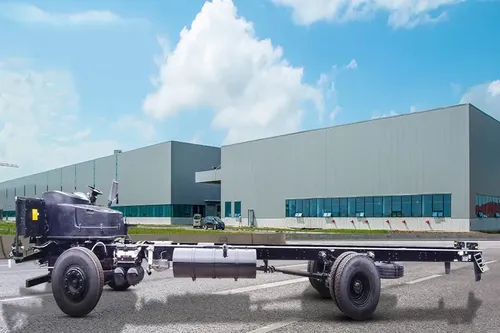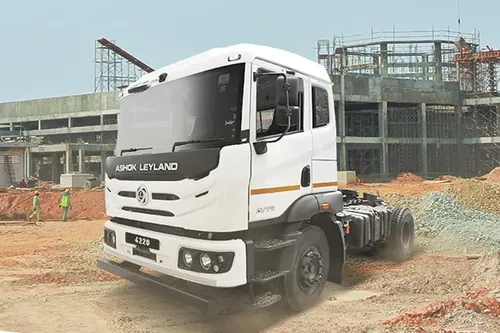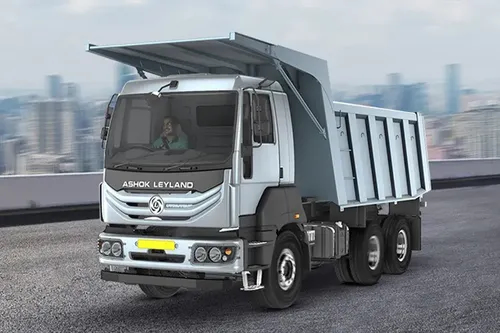Ad
Ad
Recognize and Manage Common Winter Pests in Mustard Crops: Best Practices for Farmers

Mustard is a popular and profitable crop that can grow well in winter. However, mustard crops are also vulnerable to various insect pests that damage the plants and reduce the yield. In this article, you will learn how to recognize and manage some of the most common winter pests in mustard farming, such as mustard aphids, mustard sawflies, painted bugs, and larger moths. You will also learn some best practices for preventing and controlling these pests using natural and chemical methods.
Best Practices for Preventing Insect Infestations-
In the article below, we have stated some of the best practices you should follow to avoid insect damage and boost your yield.
Mustard Aphid
Mustard aphid is the most damaging insect pest for mustard crops in winter. It is a small, greenish-yellow insect that sucks the sap from the leaves and stems of the plants. It can cause wilting, yellowing, curling, and stunting of the plants. It can also transmit viral diseases and reduce the oil content of the seeds.
To recognize mustard aphid, look for the following signs:
- Clusters of aphids on the lower surface of the leaves, especially near the veins
- Sticky honeydew and black sooty mould on the leaves and stems
- Ants and other predators feed on the aphids and honeydew
- Deformed and discoloured leaves and flowers
To manage mustard aphid, follow these steps:
- Monitor your crop regularly and scout for aphids and their natural enemies
- Use resistant varieties of mustard that can tolerate aphid infestation
- Apply neem oil, garlic extract, or other botanical pesticides to repel and kill the aphids
- Release ladybugs, lacewings, or other beneficial insects that can feed on the aphids
- Spray insecticidal soap, malathion, or other chemical pesticides if the infestation is severe
Mustard Sawfly
Mustard sawfly is another common insect pest that attacks mustard crops in winter. It is a yellowish-brown fly that lays eggs on the edges of the leaves. The larvae are greenish caterpillars that feed on the leaves and create holes and notches. They can defoliate the plants and reduce the photosynthesis and growth.
To recognize mustard sawfly, look for the following signs:
- Adult flies hovering around the plants and laying eggs
- Eggs attached to the leaf margins
- Larvae feeding on the leaves and leaving behind frass and silk
- Holes and notches on the leaves
To manage mustard sawfly, follow these steps:
- Monitor your crop regularly and scout for flies, eggs, and larvae
- Use trap crops, such as radish or turnip, to lure and trap the flies
- Handpick and destroy the eggs and larvae
- Apply neem oil, bacillus thuringiensis, or other biological pesticides to kill the larvae
- Spray carbaryl, chlorpyrifos, or other chemical pesticides if the infestation is severe
Painted Bug
Painted bug is another common insect pest that infests mustard crops in winter. It is a brightly coloured bug that sucks the sap from the leaves, stems, and pods of the plants. It can cause wilting, discolouration, and shrivelling of the plants. It can also reduce the seed quality and germination.
To recognize painted bugs, look for the following signs:
- Adult bugs with red, yellow, and black markings on the plants
- Nymphs with black and white markings on the plants
- Sticky honeydew and black sooty mould on the plants
- Wilted and discoloured leaves and pods
To manage painted bug, follow these steps:
- Monitor your crop regularly and scout for bugs and their damage
- Use resistant varieties of mustard that can withstand bug attack
- Apply neem oil, pyrethrum, or other botanical pesticides to repel and kill the bugs
- Release predatory bugs, such as assassin bugs or pirate bugs, that can feed on the bugs
- Spray dimethoate, cypermethrin, or other chemical pesticides if the infestation is severe
Larger Moth
Larger moth is another common insect pest that affects mustard crops in winter. It is a brownish-grey moth that lays eggs on the leaves and stems of plants. The larvae are hairy caterpillars that feed on the leaves and flowers of the plants. They can cause defoliation, flower drop, and pod damage.
To recognize larger moths, look for the following signs:
- Adult moths flying around the plants at night and laying eggs
- Eggs attached to the leaves and stems
- Larvae feed on leaves and flowers, leaving behind frass and webbing
- Holes and cuts on the leaves and pods
To manage larger moths, follow these steps:
- Monitor your crop regularly and scout for moths, eggs, and larvae
- Use light traps, pheromone traps, or sticky traps to attract and capture the moths
- Handpick and destroy the eggs and larvae
- Apply neem oil, bacillus thuringiensis, or other biological pesticides to kill the larvae
- Spray quinalphos, deltamethrin, or other chemical pesticides if the infestation is severe
Conclusion
These are some of the common winter pests in mustard farming that you need to recognize and manage. By following the above-mentioned best practices, you can prevent and control these pests and protect your crop from damage. You can also improve the yield and quality of your mustard seeds and oil.
Features & Articles
Which Truck Chassis Suits You Best? Types, Uses, and Choosing Tips
Explore different types of truck chassis, their features, and how to choose the right one for performance, durability, and specific transport needs....
20-Jun-25 12:30 PM
Read Full NewsTop 5 Tata Ace Trucks in India in 2025
Discover the top Tata Ace trucks in India for 2025. Here are the best 5 Tata Ace trucks in India for 2025 with details on features, fuel options, and simple tips to choos...
17-Jun-25 12:25 PM
Read Full NewsMahindra Veero in India: Go "Soch Se Aage" in 2025
Looking for a powerful, fuel-efficient truck in India in 2025? The Mahindra Veero 2025 is India’s smart pick up truck in India offering best-in-class mileage, safety, com...
16-Jun-25 12:16 PM
Read Full NewsTata 1816 LPT: One of the Best Tata Trucks in India
Discover why the Tata 1816 LPT is one of the most reliable and profitable Tata trucks in India. Explore features, specs, pricing, and key benefits for 2025....
13-Jun-25 12:45 PM
Read Full NewsTop Advanced Truck Features in India: What to Look for Before Buying a Truck in 2025
Buying a truck in India? Don’t miss these smart, advanced features. Discover the top ADAS (Advanced Driver Assistance Systems) and smart tech features to check before buy...
12-Jun-25 11:33 AM
Read Full NewsTata Magic Express School: A Smart Choice for School Vans in India
Discover why the Tata Magic Express School van is the ideal choice for student transport in India, offering safety, fuel efficiency, comfort, and low maintenance....
11-Jun-25 12:45 PM
Read Full NewsAd
Ad
